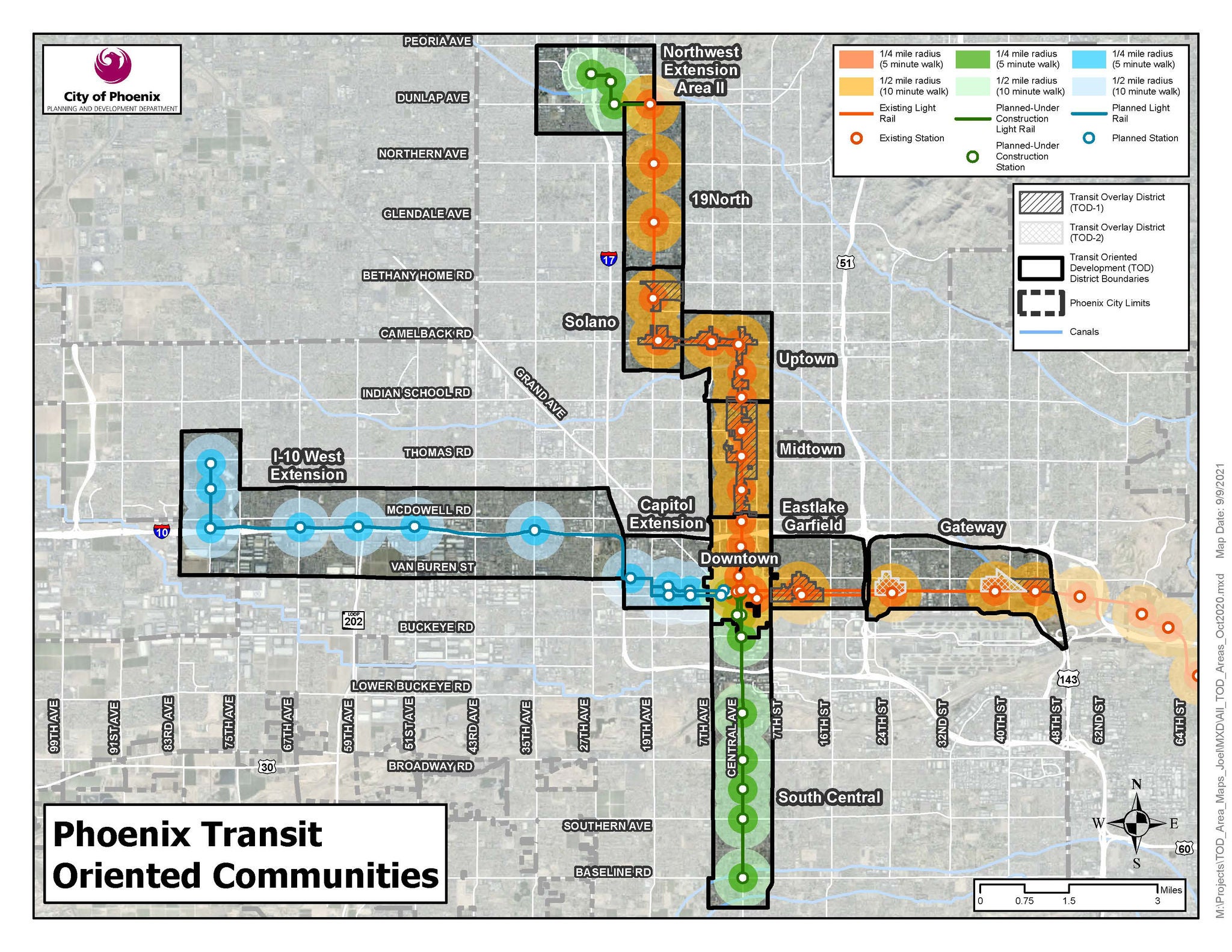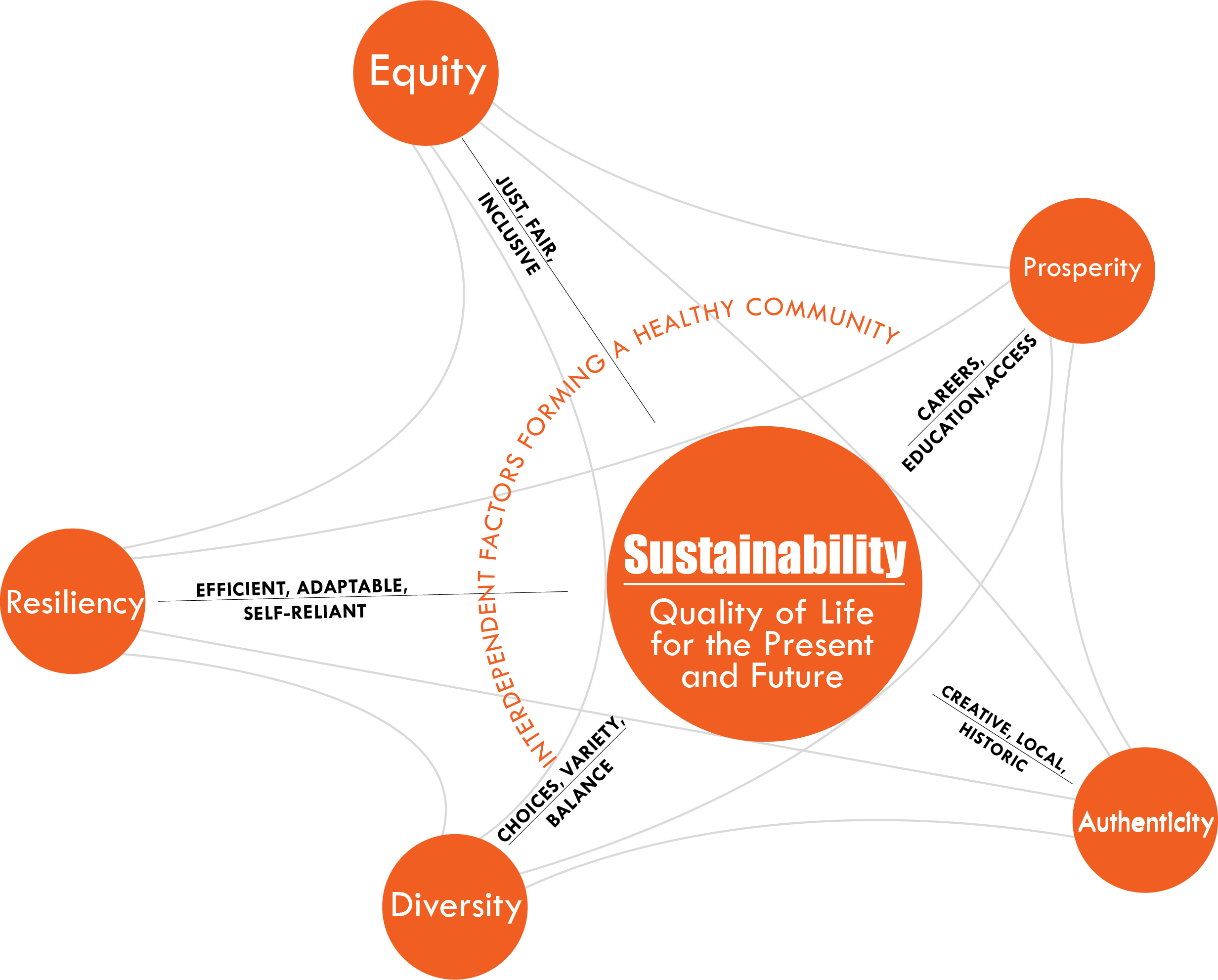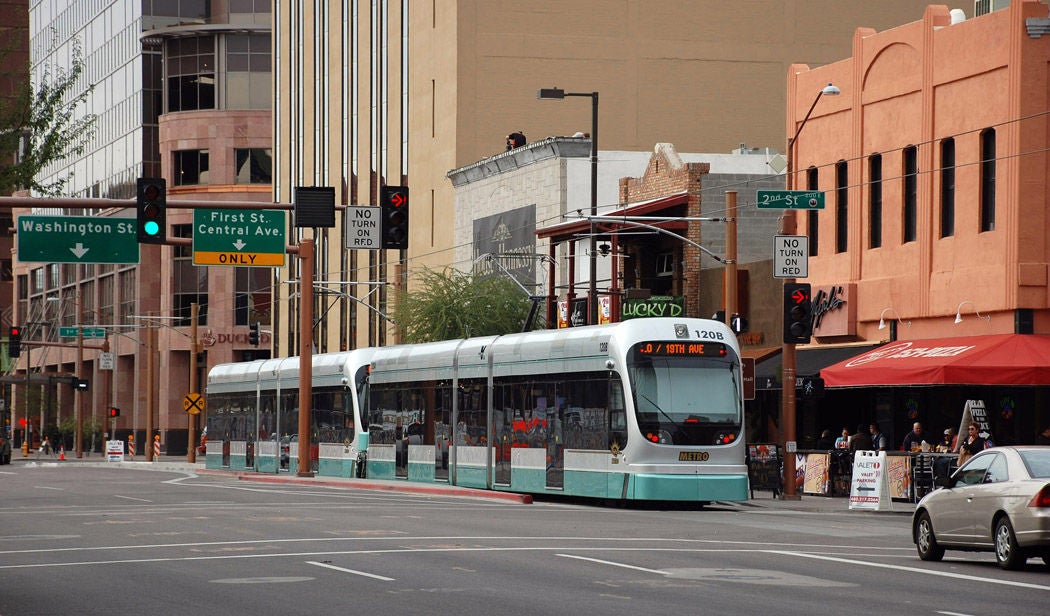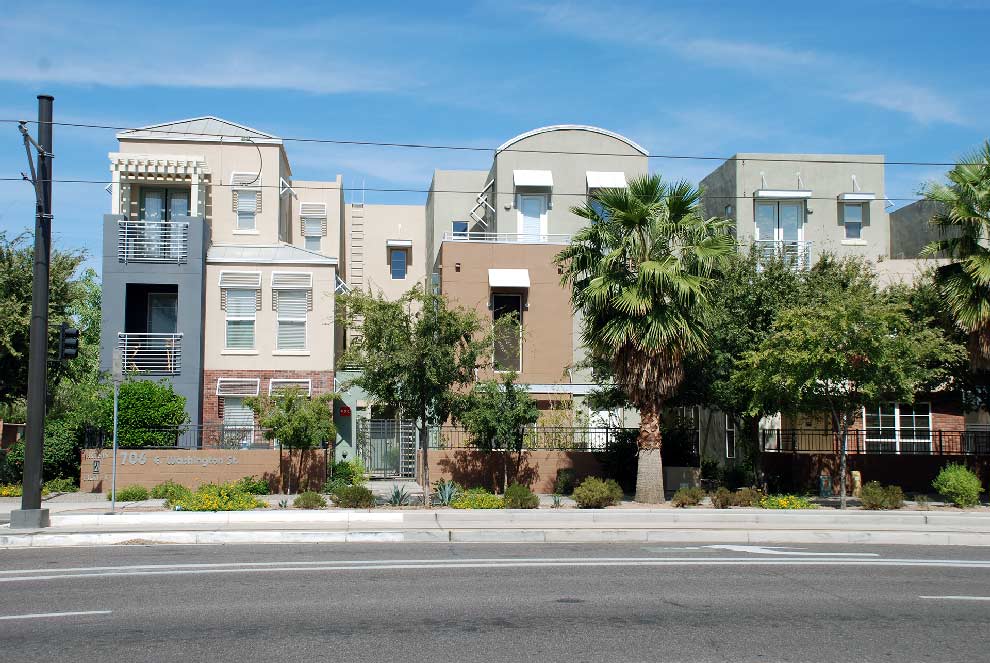Phoenix launches a Citywide food drive to assist residents experiencing food insecurity during the holidays.
Transit Oriented Communities
In 2008 the City of Phoenix’s Light Rail began service, allowing for greater connectivity of our residents, businesses, and organizations. After more than a decade and the addition of several new stations, this fixed transportation asset has increased transit ridership by 487% while connecting residents and visitors to attractions, jobs, schools, services, and our neighboring cities: Mesa and Tempe.
High quality, reliable transportation is a hallmark of strong and innovative cities like Phoenix. As one of the Top 10 largest cities in the country both in population and land mass, Phoenix’s future depends on its ability to provide convenient and accessible transportation for all its residents. Infrastructure projects, like the light rail, not only increase activity and investment in our city, but also provided over 2,200 affordable housing units along the light rail corridor, increased enrollment in university and vocational programs, and have improved the vibrancy of our neighborhoods by increasing pedestrian and bike activity. For more information on the benefits of light rail in Phoenix visit the Phoenix Valley Metro Quality of Life web page.
What are Transit Oriented Communities (TOC)?
Transit Oriented Communities (TOC) are broadly defined as compact, pedestrian-scaled, mixed use development strategically located within a short walk of high capacity transit. TOC provides opportunities for residential, business, and recreation spaces within walking distance of public transit such as the light rail line. This close proximity reduces commute times and the loss of productivity associated with traffic congestion. The intent of TOC is to make walking, bicycling and using transit convenient, safe and enjoyable for daily life.
Why Transit Oriented Communities (TOC)?
Phoenix historically was a desert city brought to life by irrigation canals, trees, shade, and a compact connected development pattern prior to the invention of the automobile. An early system of electric trolleys (street cars) provided quality transportation options to support the local economy. Auto-oriented prioritization and single purpose infrastructure resulted in a sprawl development pattern, replacing street cars with buses, and sacrificing quality for efficiency. Nearly 60 years later light rail was added “reinventing" an increased desire for comfort and walkability rooted in our history and culture from the past.
How Can We Plan Together?
The City of Phoenix uses a holistic and multidisciplinary approach to urban planning to meet the needs of the present generation without compromising the ability of future generations to meet their own needs.
Five interrelated and interdependent factors permeate planning and decision-making processes to help ensure sustainability.
The five factors are:
• Equity
• Diversity
• Authenticity
• Resiliency
• Prosperity
The Transit Oriented Communities (TOC) Strategic Policy Framework is intended to improve the investment environment around key nodes in the Phoenix transit network and guide sustainable urban development to benefit all residents.
Resources and Adopted Plans:
- City of Phoenix Transit-Oriented Communities Map
- City of Phoenix Transit-Oriented Communities and Council Districts Map
- City of Phoenix Transit-Oriented Communities and Villages Map
- TOC Strategic Policy Framework
- Reinvent Phoenix
- Gateway, Eastlake-Garfield, Midtown, Uptown and Solano Transit-Oriented Communities Policy Plans (Adopted, 2015)
- Study of Investments in the Uptown and Midtown Transit Oriented Districts: 2015 - 2023
- 19North Transit-Oriented Communities District Policy Plan (Adopted, 2021)
- South Central Transit-Oriented Communities Community Plan (Adopted, 2022)
- About the Walkable Urban Code
Active Initiatives:




Contact Us:
E-mail us at pdd.longrange@phoenix.gov
Call us at 602.534.3753